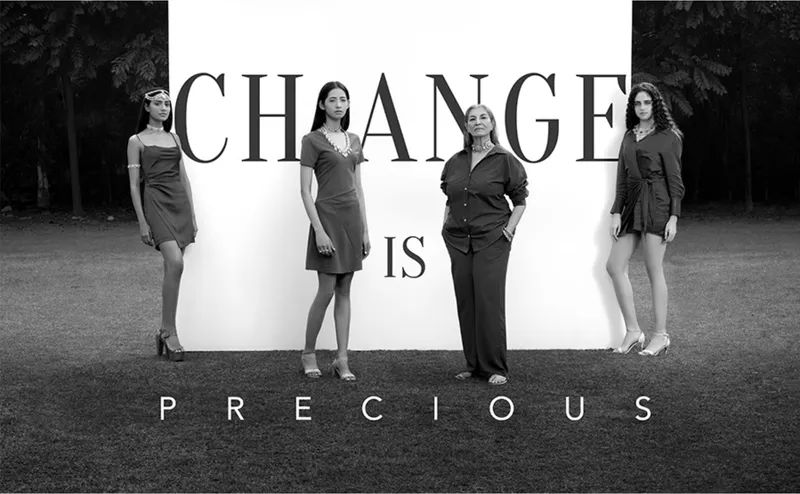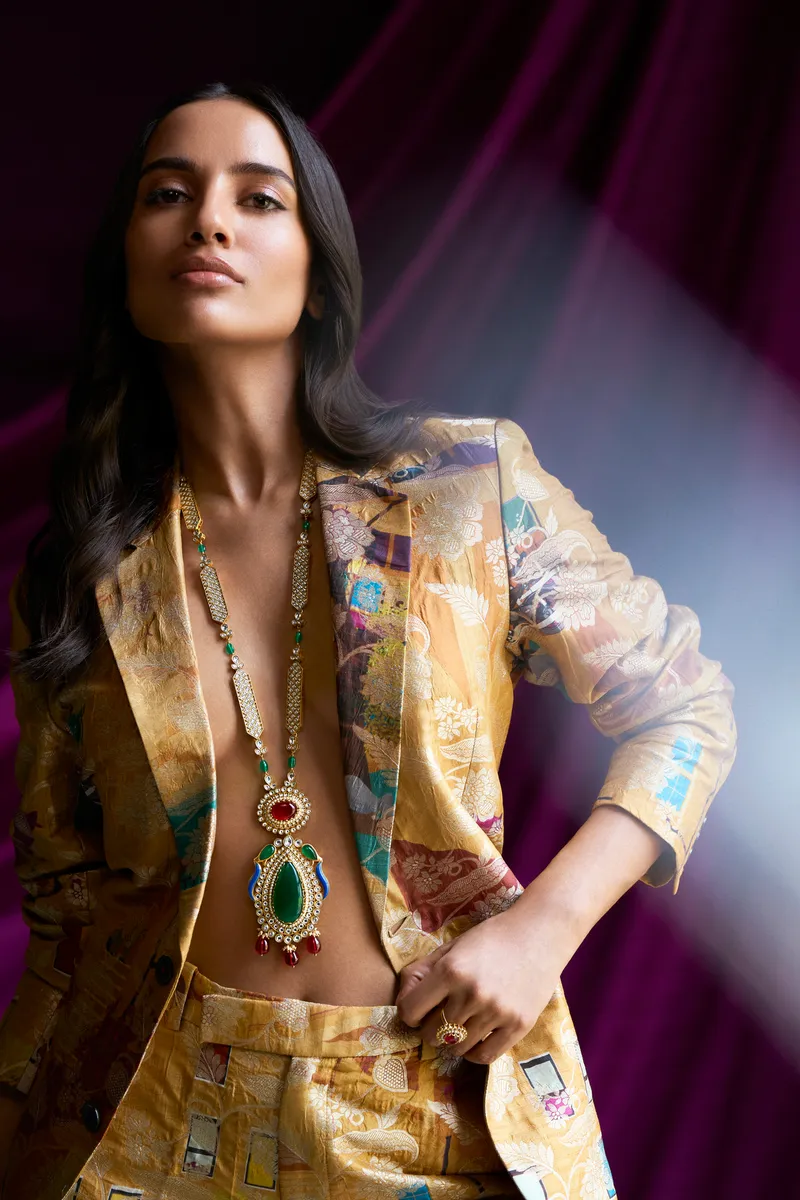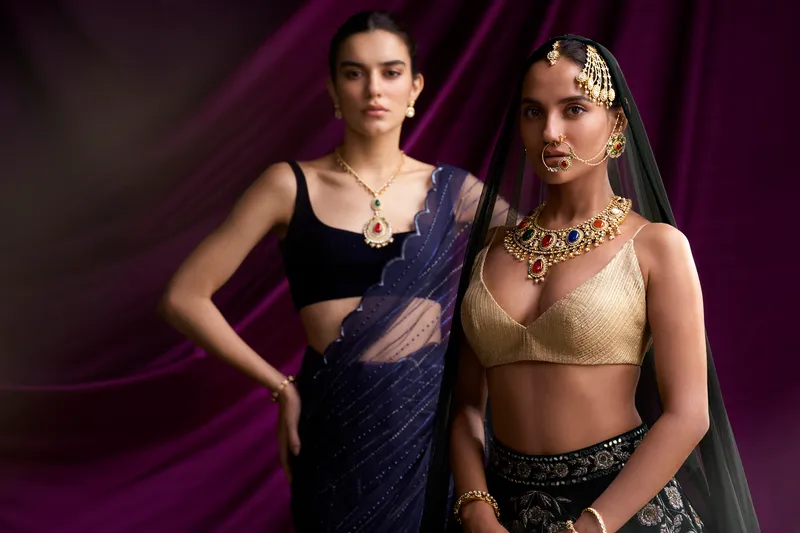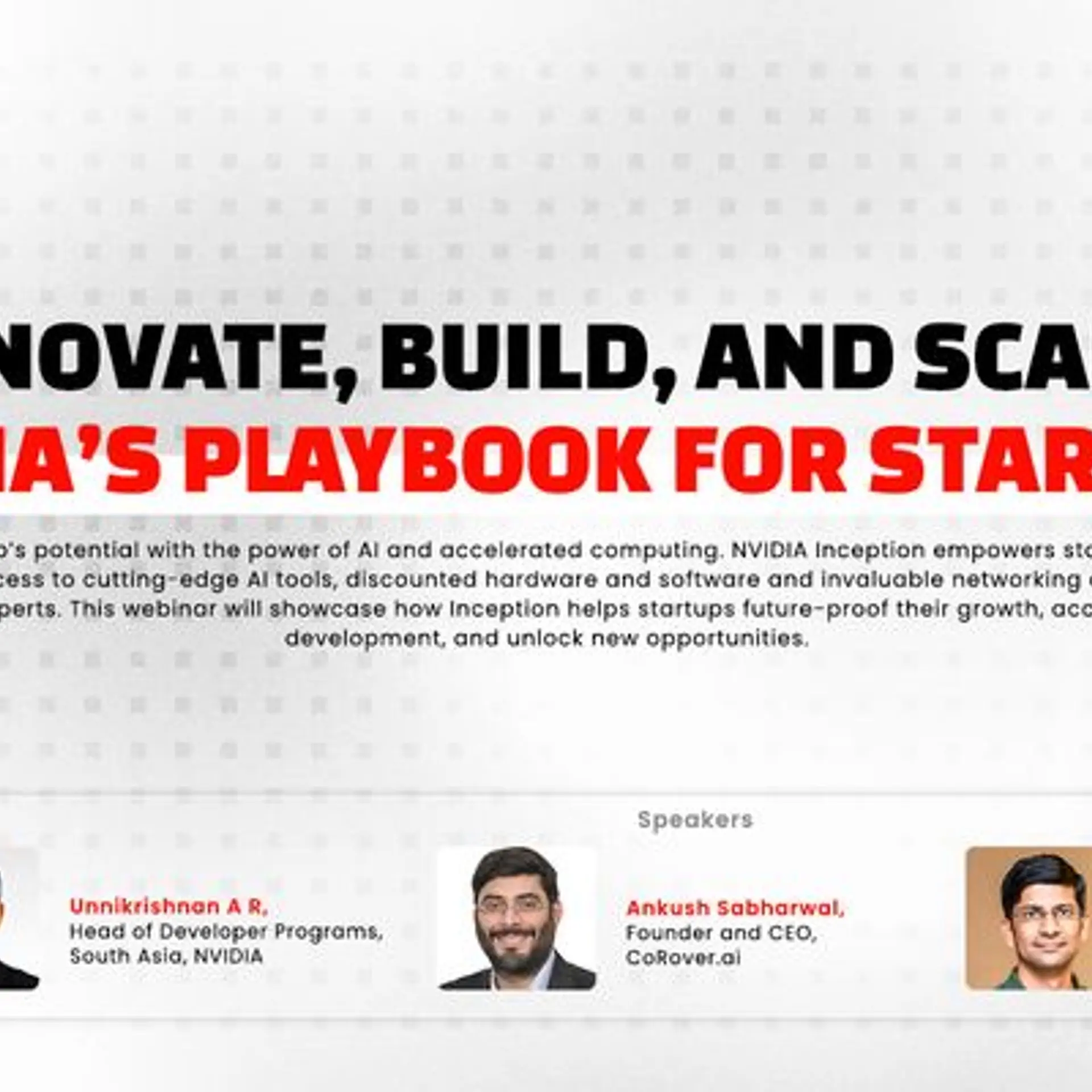This brand turns brass from automobiles and musical instruments into designer jewellery
Gurgaon-based Aulerth has partnered with Indian designers—Suneet Varma, JJ Valaya, Shivan and Naresh, and Tribe Amrapali—to repurpose brass into designer jewellery, in a bid to reduce the carbon footprint of jewellery.
Picture this. Ear studs crafted from brass that came from an automobile, necklaces made from construction equipment scrap, and finger rings carved out of old musical instruments.
This is what Gurgaon-based brand is doing—fashioning a range of traditional and contemporary jewellery made from recycled brass, in a bid to reduce the carbon footprint of jewellery. The brand sources brass from scrap yards, automobiles, construction equipment, musical instruments, and other industrial products. The metal is then given a "second life" by being treated and repurposed into designer jewellery.
Vivek Ramabhadran, who founded Aulerth in 2021, believes luxury isn’t about embracing excessiveness but is about being thoughtful and caring towards the environment. He believes consumers no longer view fashion as something that makes them look good alone. They are increasingly also looking at where it comes from, the processes that go behind making it, and the footprint it leaves behind.

Aulerth makes designer jewellery from brass scouted from automobiles and scrap yards.
Sustainable choice
According to Vivek, gold has an extremely destructive footprint in its mining process. Internal research by the company says, "90% of jewellery in India is made using gold. Over 20,000 kg of toxic cyanide and mercury waste is generated for a single ring. Over 150 million tonnes of carbon emissions are produced overall. Gold mining also generates other non-quantifiable destruction such as deforestation and habitat destruction, leading to ecological imbalances.”
Vivek believes brass is a more sustainable wardrobe choice than gold. “Unlike gold, which is primarily mined for jewellery, brass is mined for large-scale industrial purposes. The use of this material in its recycled form for jewellery generates a lesser mining footprint. Brass has the capacity to be recycled a number of times, without dropping its chemical and physical properties. Recycling of brass is also a less energy-intensive process in comparison to other metals, and it therefore produces a minimal carbon footprint,” he says.
Apart from repurposed brass, Aulerth also uses non-mined, human-made stones. “The man-made stones used offer the quality and feel of mined stones to the extent possible without compromising on design integrity,” says Vivek.
Every piece of jewellery on Aulerth’s website comes with information on how much toxic waste and carbon emissions can be avoided, which mining of gold for that piece would have otherwise caused.
The brand also uses recycled paper and board in its packaging and is exploring more green options.

Aulerth jewellery by designer Suneet Varma
Durable jewellery
One of the ways to cause less environmental impact is to buy less and use everything you own for a long time. This is where a product’s durability comes into the picture.
According to Vivek, Aulerth’s products are engineered for durability and are backed with lifelong restoration and maintenance support. Aulerth uses 22 kt gold plating on its jewellery, with a thickness that is 4X the industry standard, to ensure longevity, he says. “We try to use recycled gold in the plating. However, getting 100% traceability is very difficult. We are partially there but not fully there.”
Designer range
The brand has partnered with leading Indian designers—Suneet Varma, JJ Valaya, Shivan and Narresh, and Tribe Amrapal—to create designer jewellery.
Vivek says Aulerth’s jewellery is premium, couture-inspired, and consciously made. He also says each piece has been "meticulously designed and crafted over 8-10 months".
The brand, according to its founder, has “distinct design signatures” . Vivek elaborates, “JJ Valaya’s designs portray nuances of the Art Deco era. In Suneet Varma’s designs, one can witness influences from Mughal art and architecture. While Tribe Amrapali’s collection portrays a mélange of rich colours juxtaposed with traditional Indian designs, in Shivan and Narresh’s collection, bold, chic and classic black and gold come to play.”
Rent and exchange
Customers can not only buy Aulerth’s jewellery but they can also get it on rent.
Aulerth offers customers an option called ‘Aulerth Loop’ for a period of three weeks or more. The fee starts from Rs 3,000 and goes up to Rs 15,000, apart from a token deposit; special editions cost Rs 30,000-40,000. The Loop feature also allows customers to buy the piece if they wish to.
The brand also allows customers to exchange its jewellery 12 months after purchase, for another design, at a certain fee. Aulerth then restores the exchanged product and finds it a new home.
These features further the brand’s commitment to reduce carbon footprint by extending the lifecycle of each piece of jewellery, says Vivek.

Business model
Aulterth’s jewellery is priced from Rs 10,000 to Rs 1,00,000; certain special edition sets are priced higher. The company sells its jewellery through its website, studio walk-ins and appointments, select events and exhibitions. Aulerth ships all over India and globally too.
Going forward, the company plans to launch its own network of retail stores. It also wants to partner with more designers to create a “house of design”.
Aulerth has clients from Delhi NCR, Mumbai, Bangalore, Ludhiana, Chandigarh, US, Dubai and Singapore. About 50% of its sales comes from NRIs in the international locations. The company says it has serviced a few hundred clients so far. About 10-12% of its clients have used the Loop feature.
The startup raised a seed round of $1.1 million in 2021, led by M-Ventures (an early-stage VC firm from Singapore), the family office of Indian designer Tarun Tahiliani, a network of angel investors who are former and current McKinsey partners, and LV Angel Fund.
Edited by Swetha Kannan







